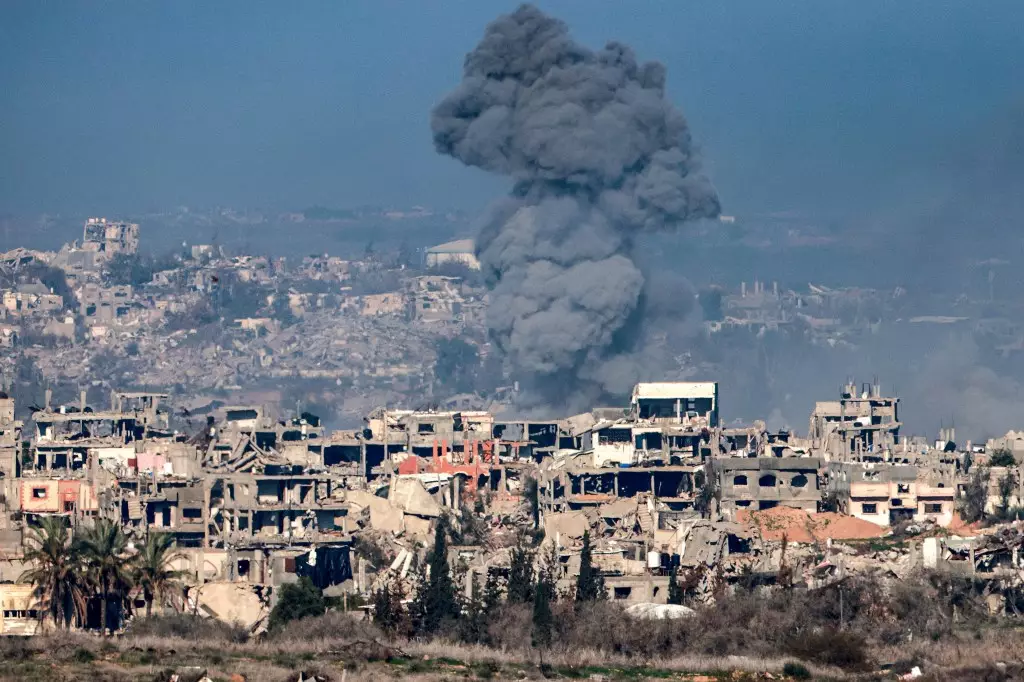The anticipated ceasefire in Gaza took effect on a Sunday morning, though not without complications. Originally set for 6:30 AM GMT, the agreement faced a substantial delay of nearly three hours. The last-minute postponement was attributed to logistical issues regarding the communication of hostages’ names, as stated by Hamas authorities. This delay bore serious consequences; during these crucial hours, Israeli airstrikes persisted, claiming the lives of 19 individuals in Gaza, as reported by local civil defense agencies. This stark reality highlights the complex dynamics surrounding ceasefires, where timing and communication fraught with tension carry immediate and grave implications for civilian safety.
The release of hostages is a central element in the unfolding narrative of the ceasefire. Hamas’ fulfillment of its part by naming the first three hostages—Doron Steinbrecher, Emily Damari, and Romi Gonen—marks a significant, albeit tentative, step towards peace. The backdrop to this development is harrowing; the conflict ignited on October 7, 2023, after a surprise Hamas attack on Israel, which resulted in substantial casualties, including approximately 1,200 Israeli deaths and the abduction of 251 citizens. This violent context underscores the complexities and entrenched grievances that complicate any movement toward a lasting resolution.
As diplomatic negotiations continue, the domestic political landscape in Israel remains fragile. Prime Minister Benjamin Netanyahu, who consented to the ceasefire terms brokered by the United States and Qatar, faces significant backlash from nationalistic factions within his own government. The controversial nature of this agreement has led to resignations from three senior officials, including national security minister Itamar Ben Gvir. Such dissent reveals the precariousness of Netanyahu’s power, as he navigates between securing international support and placating hardline elements within his administration.
The human cost of this conflict has reached staggering heights, with estimates indicating that over 46,000 Palestinians have lost their lives since the conflict began. This figure is not just a statistic; it represents profound loss and suffering that reverberates through communities devastated by ongoing violence. The ceasefire, albeit fragile, presents a moment of respite, but it also highlights the urgency for a sustainable resolution to a drawn-out humanitarian crisis.
The current ceasefire in Gaza is not merely a pause in hostilities but a critical juncture in a long-standing conflict. The hopes pinned on this agreement are tempered by the reality of violence persisting in the minutes before its implementation and the ongoing political ramifications within Israel. As Gazans begin the arduous process of returning home, the world watches closely, aware that the path toward peace remains fraught with uncertainty, complexities, and deeply rooted grievances. The international community, while celebrating any semblance of progress, must prepare for the challenges ahead in fostering a lasting and just resolution to an enduring plight.
